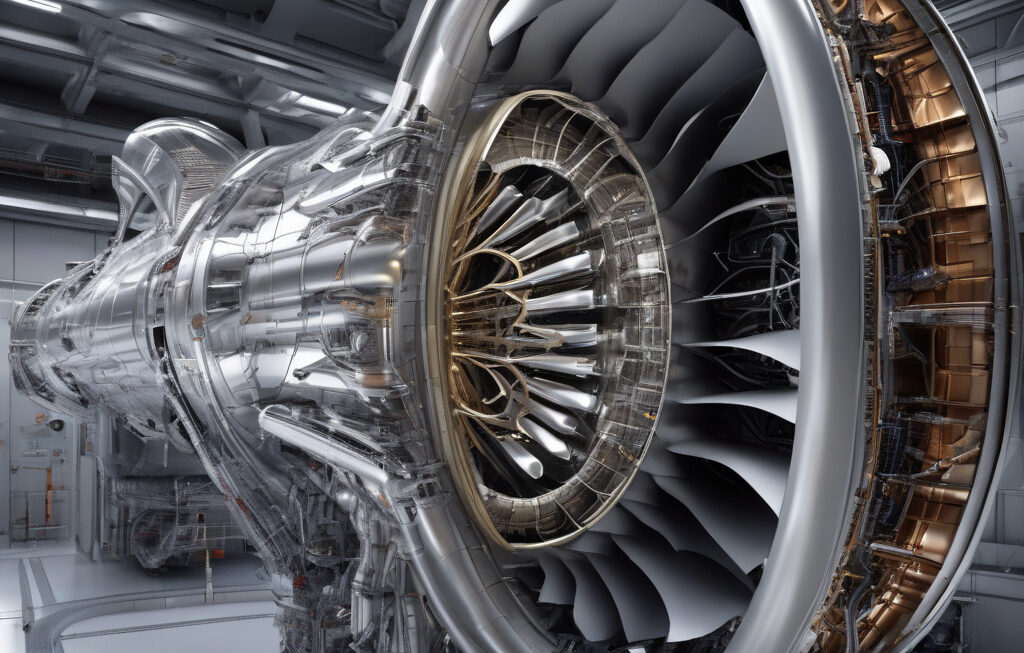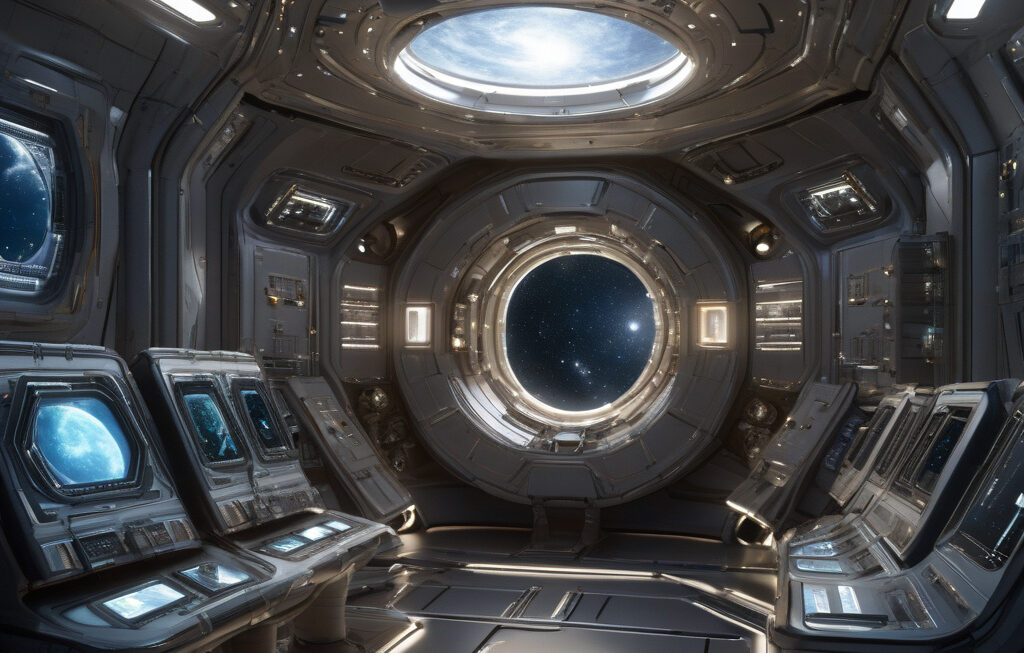Subtle Fluid Shifts Could Transform Spacecraft Fuel, Water, and Life-Support Systems
Liquids behave in strange ways without gravity, creating challenges for astronauts and engineers. A new study published in the journal Nature Communications sheds light on how subtle fluid shifts could potentially revolutionize spacecraft fuel, water, and life-support systems. Understanding the behavior of liquids in microgravity environments is crucial for long-duration space missions like the journey to Mars or establishing a lunar base.
One of the key findings of the study is the concept of capillary fluidics, where surface tension and capillary forces drive the movement of fluids in the absence of gravity. This phenomenon can be harnessed to design more efficient systems for storing and transferring liquids in space. Traditional methods of managing fluids in space, such as using pumps or pressurized systems, are not always practical due to the limitations imposed by microgravity. By leveraging capillary forces, engineers can develop passive systems that require minimal energy input and maintenance.
For instance, in spacecraft fuel systems, capillary fluidics could enable the creation of fuel tanks that automatically adjust the distribution of propellant based on the spacecraft’s orientation. This self-regulating capability would optimize fuel efficiency and stability during maneuvers, reducing the risk of fuel sloshing or uneven depletion. As a result, spacecraft could carry less fuel overall, leading to cost savings and increased payload capacity for scientific instruments or crew supplies.
Moreover, the application of capillary fluidics extends to water management and life support on board spacecraft. Ensuring a stable supply of clean water for drinking, hygiene, and cooling systems is essential for the health and well-being of astronauts. By developing passive water recycling systems that rely on capillary action, space agencies can minimize water wastage and reduce reliance on costly resupply missions from Earth.
The potential benefits of leveraging subtle fluid shifts in space are not limited to practical applications. Research in this field also contributes to our fundamental understanding of fluid dynamics and intermolecular forces in microgravity. By conducting experiments on the International Space Station or using drop towers on Earth to simulate microgravity conditions, scientists can explore the behavior of liquids in ways that are impossible under normal gravity.
In conclusion, the study of subtle fluid shifts offers a promising avenue for transforming spacecraft fuel, water, and life-support systems. By harnessing capillary fluidics and other phenomena unique to microgravity environments, engineers and scientists can overcome the challenges posed by traditional fluid management methods. As we look towards the future of space exploration and colonization, innovations in fluid dynamics will play a critical role in ensuring the sustainability and success of human missions beyond Earth.
spacecraft, fluid dynamics, microgravity, capillary action, space exploration












